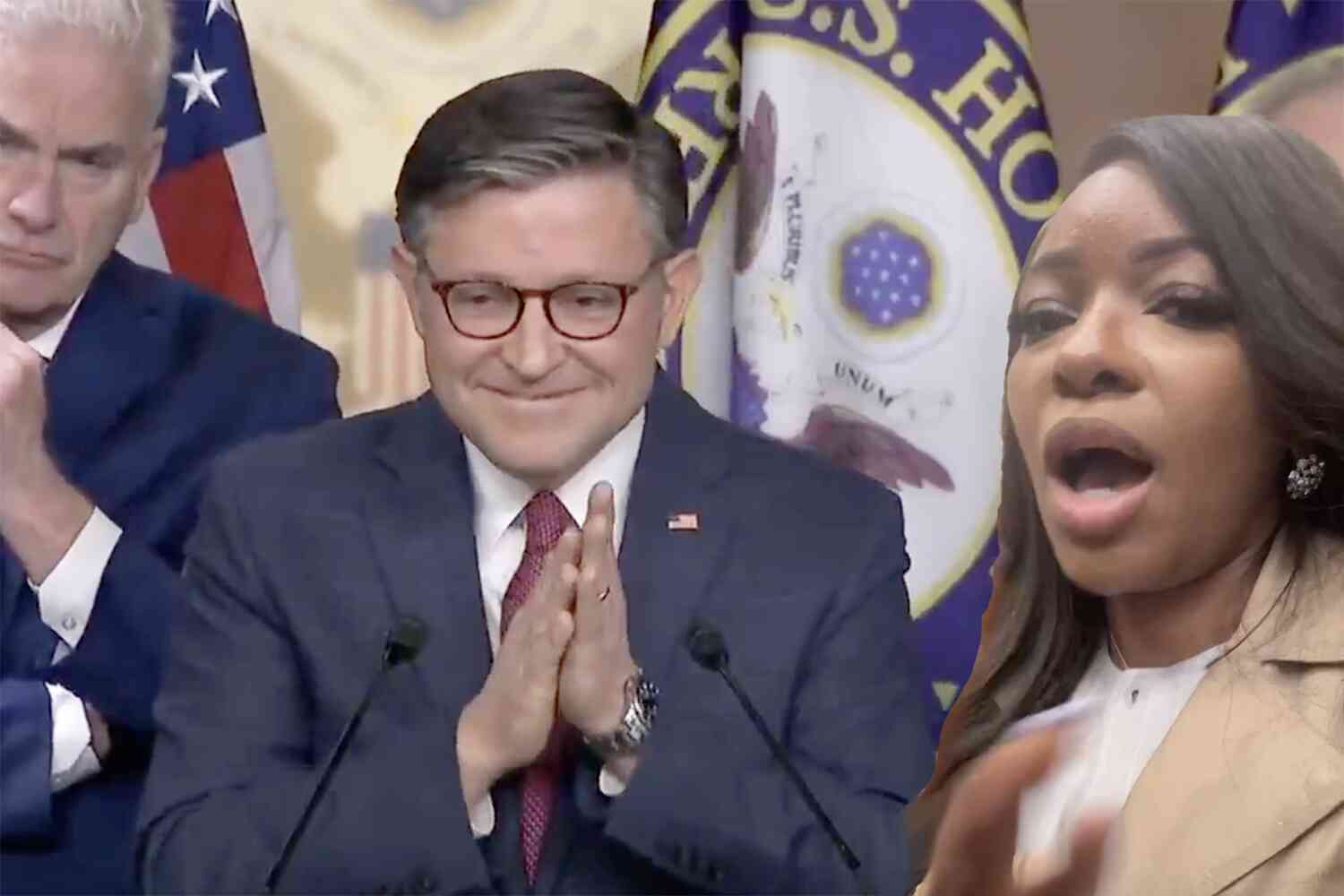Microsoft is again proving that those antitrust rulings against the company in the '90s were a good idea.
The software giant has teamed with several other companies, including Intel and Adobe, to form the "Coalition for Content Provenance and Authenticity," or C2PA.
What this jargon means is software and hardware that will trace every picture, document, photoshop, meme, post, or audio file back to its original source device, effectively tracing it back to its owner.

Pause and think about this for a moment. Say that you write a Word document criticizing LGBT gender theory or Critical Race Theory. If such a thing becomes a crime, law enforcement would be able to access the digital footprint of said file as created by this C2PA initiative, to track it back to the computer it was written on.
More than that, they'd have another copy of said footprint that would be provided by Intel, which makes the lion's share of the CPU chips around the world. Even if your computer was offline, said CPU could theoretically track every keystroke, every file you open, and every unauthorized meme, storing all that information so it could be digitally traced back to the device you used. Even if you never connected to the internet and stored all your files on a flash drive to upload them on another machine, they could still track where it came from.
Do you use Word or Excel? Do you use Photoshop or InDesign? Welp, better hope you don't create anything that offends the Woke, or it's off to the gulag for you, pal!
There's a reason Breitbart called this plan "Big Tech's most dangerous plan yet."
Boy how far we've come from Microsoft's days of cheering on developers.

Another company that's part of this Orwellian coalition is Truepic, which can track what phone took a picture, presumably even if that photo has been shared and reposted:
"Pressing the capture button produces a digital photo that contains cryptographically-sealed provenance data, formatted in accordance with emerging open standards," says the company. "The data allows a recipient to authenticate the pixels, date and time, geolocation, and 3D depth map that were securely-acquired and sealed into the file at the time of capture."
Perhaps you still think this is all just another level of security to authenticate important or official documents, like e-signature tech.
Let's turn to C2PA's predecessor for a bit more context. Said predecessor was an initiative called Project Origin that was heavily supported by media outlets like the New York Times and the BBC (which are threatened by outlets that oppose their narratives).
Stopping "misinformation" (read: wrong-think) was the goal of said project:
"Misinformation is a growing threat to the integrity of the information eco-system. Having a provable source of origin for media, and knowing that it has not been tampered with en-route, will help to maintain confidence in news from trusted providers."
Big Tech doesn't just want to boot you off their platforms. With the advent of sites such as Parler, Locals, and Gab (and the best site of all, Not the Bee), and messaging apps such as Telegram and Signal, tech companies like Facebook and Google are losing the ability to control wrong-think.
To solve the problem of your privacy and right to free speech, Big Tech is proposing this plan to ensure with every keystroke you make, every picture that you take, they'll be watching you.










